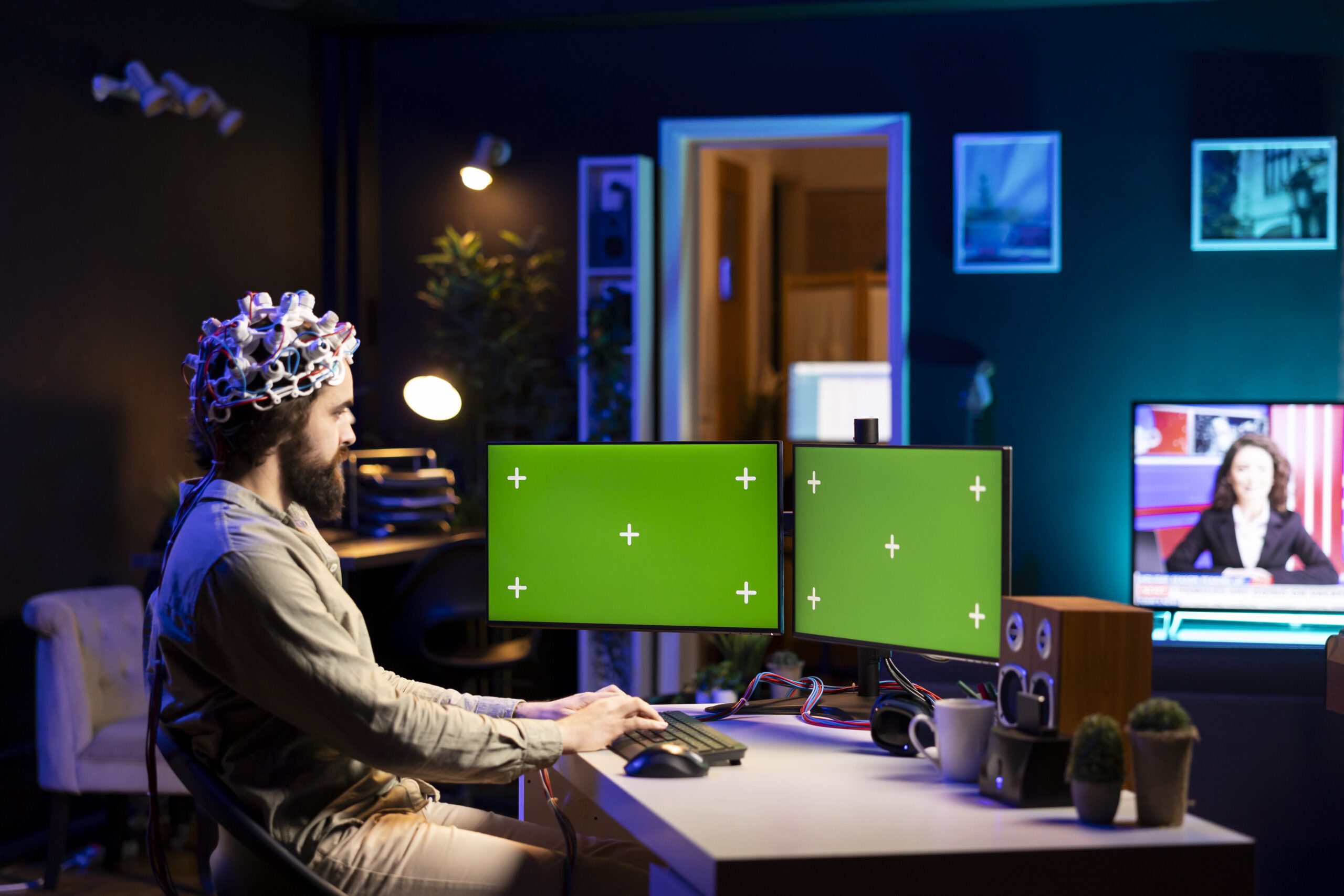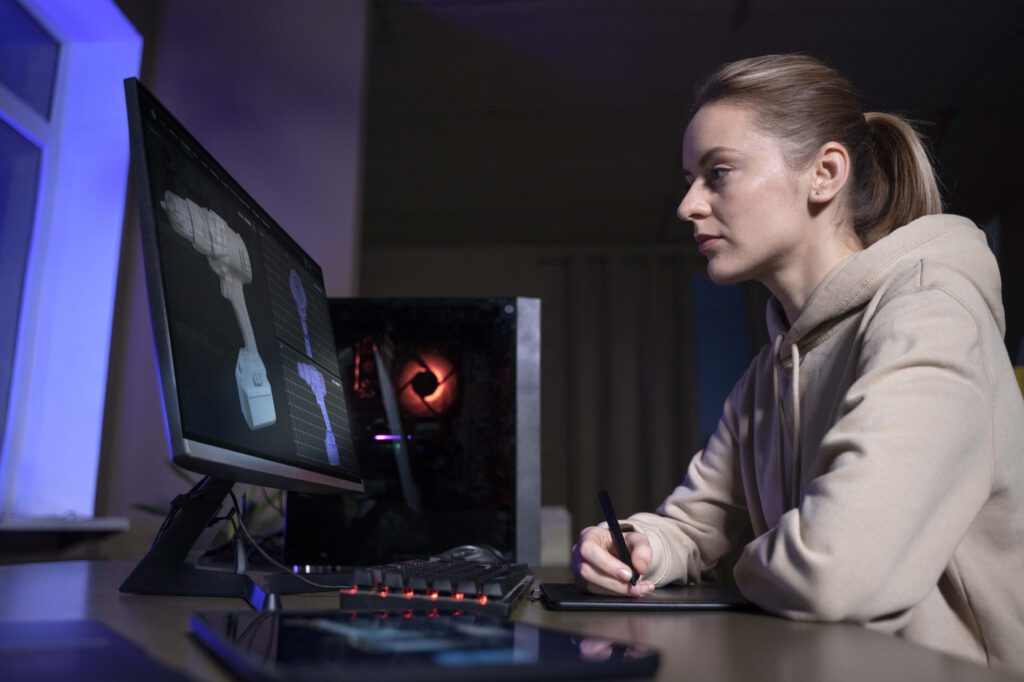Thank you for reading this post, don't forget to subscribe!
Playing games on a PC is a fun activity, Use of a substandard will see How to Optimize PC for Gaming. For any gamer, be it a pro or a beginner, it is highly advisable to tweak your Pc for gaming to support the best gaming experience.
Here, we will guide through the different levels of improvement of your game: ranging from the physical gear to some software approaches.
Update Hardware Drivers
How to Update Drivers Manually

Using Driver Update Software: How to Optimize PC for Gaming
Optimize Graphics Settings: How to Optimize PC for Gaming
Adjusting In-Game Settings for Performance: How to Optimize PC for Gaming
Thus, adjusting in-game configurations is one of the most efficient strategies to increase your gaming performance. Graphics options are available in every game depending on the game’s requirements and adjusting these options can assist one in obtaining the optimal quality of graphics while maintaining a smooth flow of the game’s operations. Here’s how you can adjust in-game settings for better performance:Here’s how you can adjust in-game settings for better performance:

Configuring GPU Settings: How to Optimize PC for Gaming
Besides, there are in-game settings; tweaking GPU settings via the control panel offered by your GPU maker will also lead to better results. Here’s how to configure GPU settings for NVIDIA and AMD graphics cards:Here’s how to configure GPU settings for NVIDIA and AMD graphics cards:
NVIDIA Control Panel: How to Optimize PC for Gam
Managing Background Processes: How to Optimize PC for Gaming
Identifying Resource-Hogging Processes: How to Optimize PC for Game
Disabling Unnecessary Startup Programs
The other relevant step is to stop running those programs that start automatically when your system starts to load. Numerous applications are programmed to start as soon as your computer is booted up; these programs cause your computer to take long to start and use a lot of unwanted resources. On the Windows, one can control which programs start up when the computer is started through the Task Manager where there is a Startup tab.
On MacOS click the Apple menu, select System Preferences, then click Users & Groups and access the selected user account to manage login items. To do this, you will have to uninstall programs that you have no need starting automatically during the booting period so that your computer can be very fast and resourceful..
Upgrade Hardware Components
Opting for an upgrade of your hardware components can be initiated by the need to establish areas of congestion in your system. A bottleneck is a single component in a system that tends to slow down the whole system like a car engine that slows the carriage.
How to Optimize PC for Gaming diagnostic tools on Windows are Task Manager while on macOS, there is Activity Monitor to view CPU, memory, disk, and GPU usage. With the knowledge of which component is usually pushed to the limits or, on the contrary, lagging behind, you can define on which the upgrade will prove efficacious.
Upgrading RAM
Increasing the RAM is among the best and easiest methods of increasing the performance of any computer. Increasing the amount of RAM within a system enables it to execute more tasks at the same time and shall go a long way in decreasing lag and enhancing the multitasking prospects of the system.
Before upgrading, ensure you check your computer to see the RAM capacity that is allowed and the kind of Ram allowed. Next, you should acquire RAM modules that are of the same type or generation as the ones you removed and then place the new RAMs in vacant slots of your mot
Installing a Faster SSD
If you put in a faster SSD, it can drastically improve the speed of the system and make it more interactive. The SSDs, in general, have higher read and write rates than the HDDs meaning that gadgets with these SSDs would boot faster, have applications loaded faster and would be much faster than those with the HDDs.
To improve, backup, duplicate your current drive, in the event that you have to, onto the new SSD and then swap drives. Make sure the BIOS of the system is configured to allow the operating system to use the SSD.

Upgrading the GPU
If the user needs a machine for highly graphical operations, like gaming or video/audio editing and graphic designing, then upgrading the GPU offer a big improvement. In this case, check if the power supply you have can support the new GPU and if the new card fits into the case. Buy a suitable GPU for your system, place it in the PCIe slot on the motherboard and ensure it gets proper connection from the power supplies. Propose upgrading your drivers to make sure the new GPU works fine with you
Use Performance Monitoring Tools
Monitoring FPS and System Performance
Tracking your system performance to such metrics as FPS (frames per second) is vital to improve your computer particularly when gaming and working with intensive applications. Performance indicators often reveal problems that you did not know existed or forces you to make changes to your system. Most of all, FPS is especially significant as a mark of your graphics card functioning. A higher value means the action on the screen will be smoother and more interactive.
Using Tools Like MSI Afterburner
The tool that is used quite often to monitor and optimize system performance is MSI Afterburner. This software offers the temperature, usage, clock speed, and FPS of the GPU with an elaborate description. Another feature of MSI Afterburner is that it can overlock the GPU, so you change settings to make it work better. Moreover, it has a custom fan profile and real-time performance, which enables one to keep temperatures and performance at the right levels especially when used intensely.
Conclusion: How to Optimize PC for Gaming
Enabling your PC for gaming needs a holistic process; this involves looking after background processes, upgrading key hardware components and using performance monitoring tools. With this information in mind, you can free valuable system resources by disabling unnecessary start up programs, as well as identifying the resource hogging processes.
Updating hardware such RAM, SSDs and GPUs can improve gaming experience greatly providing smoother gameplay along with faster load times. You can also use other performance monitoring tools like MSI Afterburner to monitor the performance of your computer while playing games. To achieve best results when gaming, you should follow these steps so that your computer would be optimized.
READ MORE: Best Scary Games to Play with Friends

